Why are they always at her side? In all the churches dedicated to her in southern France, and their are many, we see these symbols. The more familiar alabaster jar is often present, and we also see her carrying a cross.
Why are there so many churches dedicated to her in this secluded part of the world? We don't find this in other countries. The local legends claim she was there. The boat that rescued her from the dangers of Jerusalem took her to her exile in beautiful Provence, and her travels took her through rustic Languedoc.
In my historical novel "Rituals in Sacred Stone", which will be available on Amazon this fall, I follow the legends of her life. The stories from her time and from these areas are rich. I don't claim truth, but I do claim a new interpretation.
What could her symbols mean? Did she share carrying the cross with him? Did she write a book? There are fragments of a gospel after her, which have just been researched and given an inspiring interpretation by Karen King. Or did he write a gospel, which was left in her care? The Cathars were known to have a sacred text from the Saviour himself. The church wanted to get hold of it, and the documents went underground. Did it find it's way to a grotto near Rennes-le-Chateau? Maybe the new movie will give some answers.
The skull, well, that's another story. I'll explore that in the next blog.
Wencke.
Subscribe to:
Post Comments (Atom)



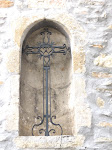






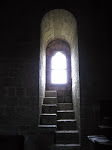


















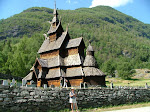






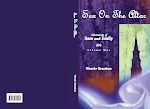







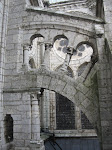
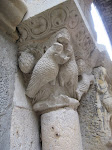



1 comment:
Hi Wencke, Your blog is beautiful and your writing descriptions of those holy hills in Rennes is poetic and informative. I look forward to reading your book in the fall. We need wonderful novels about Magdalene to balance out the visionary material,the art, and the theological research material. I've met many women in the last few years who describe how Magdalene came to them in healing work, or in dreams, or in intuitive "knowings".....how did she come to you? I always love the personal story!
About the skull. One of the symbolic interpretations is that it's a symbol of contemplation because it implies the perspective of death. To me, it implies that the Divine Feminine which the Magdalene represents, holds the "wisdom of the ages", as in "She Who Knows the All".
In Her Name,
Joan Norton
www.marymagdalenewithin.com
http://blog.marymagdalenewithin.com
Post a Comment